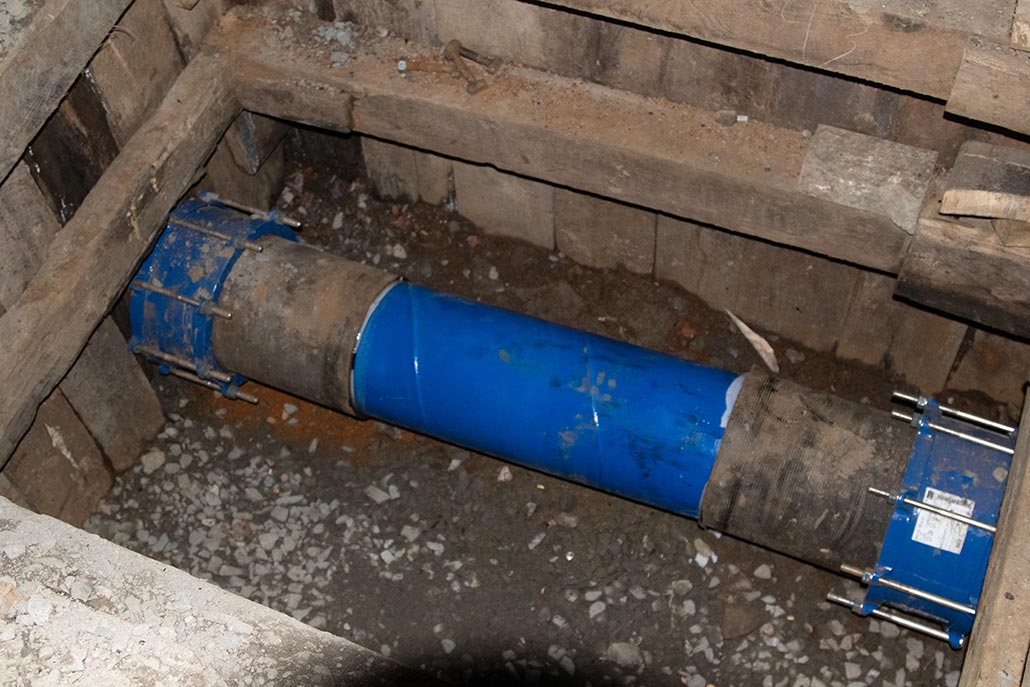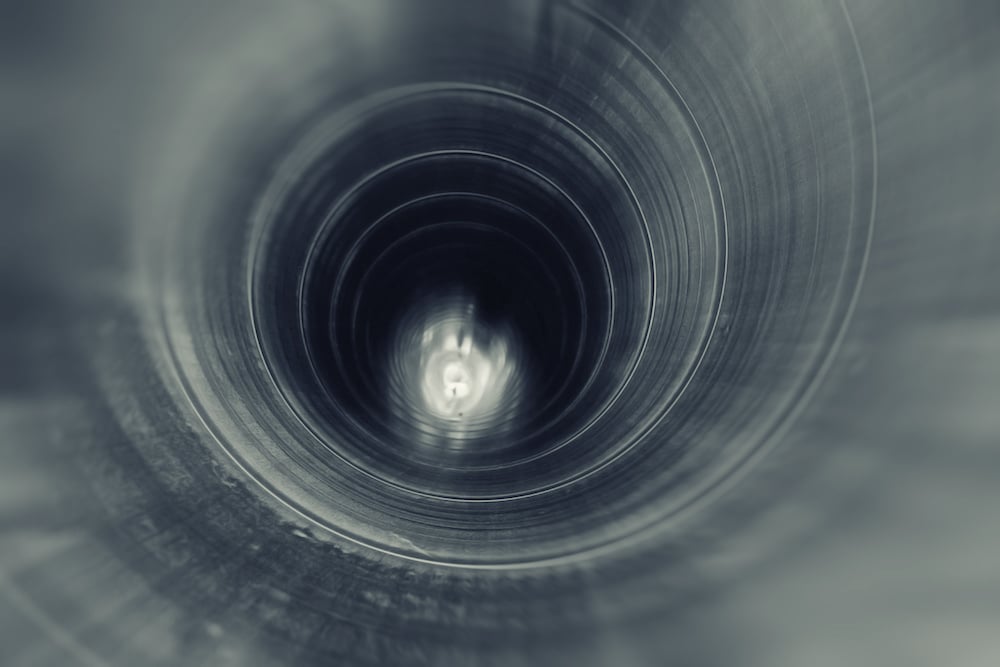They are making several good points about How Does Pipe Relining Work? in general in the article down the page.

Pipe relining is a rather new principle as well as a long-overdue option to the conventional method of taking care of drainage issues by excavating. It misses the excavation process leaving frameworks undamaged and returning your water drainage to its former splendor. Obstructed drains, split pipes, root guideline, accumulated sedimentation, and several various other issues related to drainage systems can currently be dealt with utilizing this method. It just entails finishing the old pipes with a compound that is entrusted to set in the shape of the old pipeline. The old pipeline now functions as a defense for the recently created ones, hence eliminating drain troubles in the local future. Correction drainage issues while surrounding structures continue to be undamaged is a great advantage of this process. While pipe relining appears like an appealing choice for homeowner it is a solution that calls for special skill and also training that a normal plumber might not have the ability to provide. For this reason you should speak with accredited as well as experienced plumbing professionals who are skilled in pipeline relining.
We check as well as determine the pipelines
Initially, we send out the drain cam down to examine the plumbing system to discover any type of breaks as well as pipeline obstructions, as well as measure up. This assists us work out exactly what the problem is and where it's situated.
Advantages of Pipeline Relining
Disadvantages of Pipeline Relining
Pipeline relining is a process that requires specialized ability. For this reason, it can not be done by just any plumber. Also, handy maybe, it is not suitable for all instances. For instance, in cases where the pipe has large fractures or huge interior spaces, the remaining remedy will not have the ability to create a certain shape. Pipeline patching can be performed in case of smaller sized damages.
The relined section is examined as well as examined
When your pipe has actually been relined, we use our CCTV drainpipe assessment electronic camera to examine that every little thing has been set up and sealed properly.
The Relining Process
As has actually already been pointed out, the relining process have to be performed by trained as well as qualified experts if the procedure will achieve success. It takes certain succinct and deliberate actions to do the job correctly.
Water drainage Evaluation
This is the very first step aimed at both inspecting the extent of damage and also the feasibility of the pipeline remaining as the remedy to the problem available. It is finished with a drain electronic camera. The camera is placed within the pipeline and also the footage is made use of to spot any type of abnormalities such as pipe misalignment, missing out on areas, small or large voids, as well as aged pipeline product.
Drain Clearing
After it has been verified that pipeline relining is viable, the drain should be cleared of any kind of clog with particles, debris, and also blockages. This is usually done with a high-pressure jet of water. The drain is after that observed with the cam once more to recognize any blockage that might affect the relining process.
Relining Proper
A customized lining bladder is made and also inserted into your drainpipe to layer the internal surface area with lining material. Pressed air is made use of to spread out the material uniformly on the internal surface area of the pipelines. Lastly, the finish is entrusted to heal and also establish for the following few hours.
Final Inspection
It is necessary to inspect the outcome of the remaining procedure to establish if it succeeded or not. This is finished with the same drainpipe cam technique as was utilized for the initial inspection. After this, your freshly relined drainpipe awaits usage.
How Does Pipe Relining Work?
How This Process Works
Pipe relining works by fixing your pipes from the inside. A flexible felt tube made of polyester or fiberglass and saturated with resin is inserted into the existing, damaged pipe. Over time, this special resin hardens to form another pipe within the original pipe. This method is considered trench-less technology because it involves minimal digging and forms a much simpler and more cost-effective alternative for traditional pipe repair methods.
Steps for Pipe Relining
Step One: Verify the pipe is a suitable candidate for relining: First, a professional installer examines your pipes to assess the extent of the damage. This used to be accomplished with closed-circuit cameras, but today forced electron leak location (FELL) equipment provides a more thorough inspection and allows for the creation of more effective solutions.
Step Two: Prepare and measure the pipe: Next, the blocked pipes are thoroughly cleaned to return them to their original dimensions. Regular cleaning methods are employed first and any blockages are removed, usually with robotic cutters. After this, a high-pressure water jet ensures the pipe walls are fully clean and ready for the resin to attach. The camera equipment is employed a second time to verify the pipe is ready for insertion. Then, the length of the pipe is calculated to determine the length of the lining.
Step Three: Insert and cure pipe liner: The flexible felt tube saturated with epoxy resin is inserted into the pipe. Inside the tube is a bladder that inflates and pushes the tube to form to the inner walls of the pipe. Next is curing, the longest part of the process. Hot water is used to harden the resin, followed by UV radiation to cause final hardening. Before the process can be complete, junctions and inspection pits must be cut out. Junctions are removed with robotic cutters, while inspection pits are removed with grinders or surface-level cutters.
Step Four: Final inspection: The bladder is deflated and removed, then the installer uses the remote camera again to verify that the liner has been placed appropriately.

We hope you enjoyed reading our excerpt on What Is Pipe Relining. Thanks a ton for taking time to read through our posting. So long as you appreciated our post please do not forget to pass it around. We value reading our article about What are the key benefits of pipe relining?.
Need fast plumbing resolution? Call.